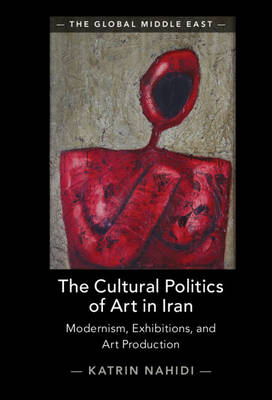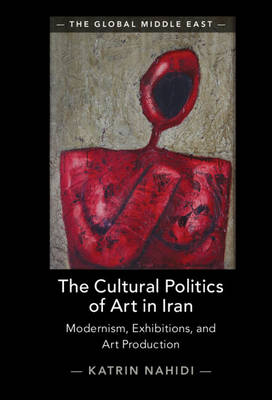
- Afhalen na 1 uur in een winkel met voorraad
- Gratis thuislevering in België vanaf € 30
- Ruim aanbod met 7 miljoen producten
- Afhalen na 1 uur in een winkel met voorraad
- Gratis thuislevering in België vanaf € 30
- Ruim aanbod met 7 miljoen producten
Zoeken
€ 158,95
+ 317 punten
Omschrijving
Modernist Iranian art represents a highly diverse field of cultural production deeply involved in discussing questions of modernity and modernization as practiced in Iran. This book investigates how artistic production and art criticism reflected upon the discourse about gharbzadegi (westoxification), the most substantial critique of Iran's adaptation of Western modernity, and ultimately proved to be a laboratory for the negotiation of an anti-colonial concept of an Iranian artistic modernity, which artists and critics envisioned as a significant other to Western colonial modernity. In this book, Katrin Nahidi revisits Iranian modernist art, aiming to explore a political and contextualized interpretation of modernism. Based on extensive fieldwork, interviews, and archival research, Nahidi provides a history of modernist art production since the 1950s and reveals the complex political agency underlying art historiographical processes. Offering a key contribution to postcolonial art history, Nahidi shows how Iranian artistic modernity was used to flesh out anti-colonial concepts and ideas around Iranian national identity.
Specificaties
Betrokkenen
- Auteur(s):
- Uitgeverij:
Inhoud
- Aantal bladzijden:
- 302
- Taal:
- Engels
- Reeks:
Eigenschappen
- Productcode (EAN):
- 9781009361408
- Verschijningsdatum:
- 21/09/2023
- Uitvoering:
- Hardcover
- Formaat:
- Genaaid
- Afmetingen:
- 152 mm x 229 mm
- Gewicht:
- 571 g

Alleen bij Standaard Boekhandel
+ 317 punten op je klantenkaart van Standaard Boekhandel
Beoordelingen
We publiceren alleen reviews die voldoen aan de voorwaarden voor reviews. Bekijk onze voorwaarden voor reviews.








